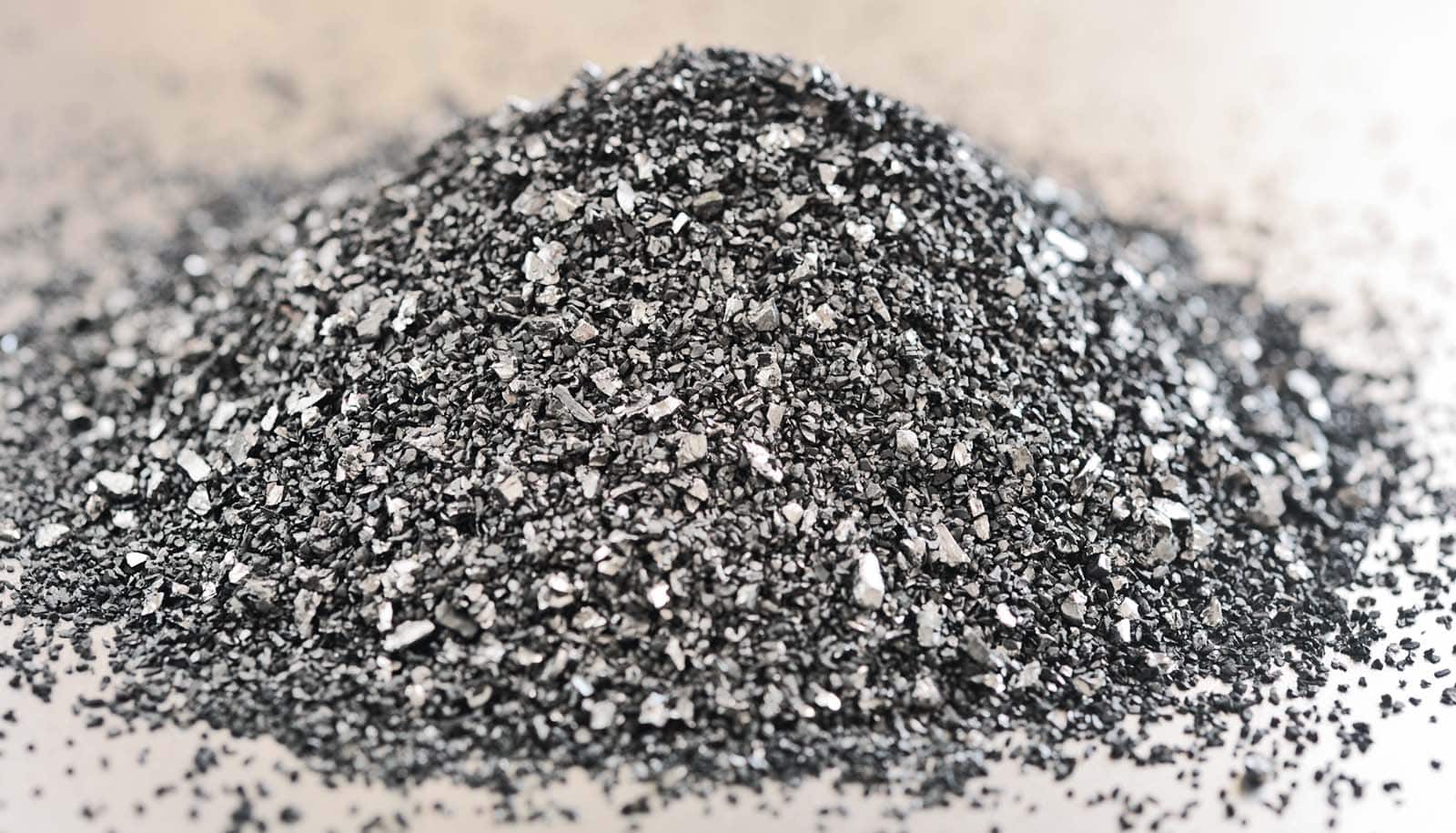Activated carbon, a substance widely used in water purification, can help eliminate the health risks associated with soil and water polluted by dioxins, new research suggests.
The research looked specifically at soil and freshwater ecosystems that were contaminated mainly through the industrial manufacture of pesticides and other chemicals.
“The goal is to find and validate a new direction in the management and remediation of soils and sediments that are contaminated with industrial pollutants, like dioxin,” says Stephen Boyd, a professor in the plant, soil and microbial sciences department at Michigan State University, who led the research. “We were finally able to achieve that goal with activated carbon.”
Activated carbon is produced when materials with high carbon concentrations, such as coal, wood, peat, or even coconut shell, undergo special treatment processes that expose them to extremely high temperatures without burning them. The result is a porous, highly adsorptive substance that binds easily with organic toxins. When mixed into contaminated soil or sediment, the activated carbon draws dioxin to it and sequesters it.
Though the release of dioxins into the environment has been reduced by more than 90 percent since 1990, the toxins already released continue to persist in the environment, and can enter the food chain through fish and other organisms.
“There’s a general malaise of health issues associated with dioxin contamination,” says Brett Sallach, a plant, soil, and microbial sciences postdoctoral research associate, who worked on the project. “Hormone health complications, fertility issues, skin rashes, immunity problems, cancer: they all can stem from it. Most human exposure is linked to eating fish and shellfish that live in contaminated streams and riverbeds.”
Removing dioxin from contaminated soil and sediment currently requires expensive, years-long dredging of river beds, followed by disposal in hazardous waste landfills. While activated carbon’s capacity for sequestering toxins is well-documented, there are questions that ask whether those toxins remained a danger to animal health and ultimately, human health.
Water filter removes toxic metals with charcoal and whey
Activated carbon, estimated to cost approximately $75,000 per hectare, would be significantly cheaper than conventional dredging and landfilling methods, which are estimated at $15 million for an equivalent operation. Boyd says that activated carbon represents a less disruptive, more cost-effective approach to ecosystem remediation, although some heavily polluted sites might still require dredging.
According to Boyd, further testing is necessary, but he adds that the findings represent an important step forward in environmental restoration technology.
“Our study is significant because it provides the first direct evidence that this technology would ultimately be protective of human health,” Boyd says. “We have assisted in the development of a technology that is effective and less expensive than current methods stands to help a lot of people in the future.”
The researchers published their work in the journal Environmental Toxicology and Chemistry.
The National Institute of Environmental Health Sciences Superfund Research Program funded the research.
Source: Holly Whetsone for Michigan State University



